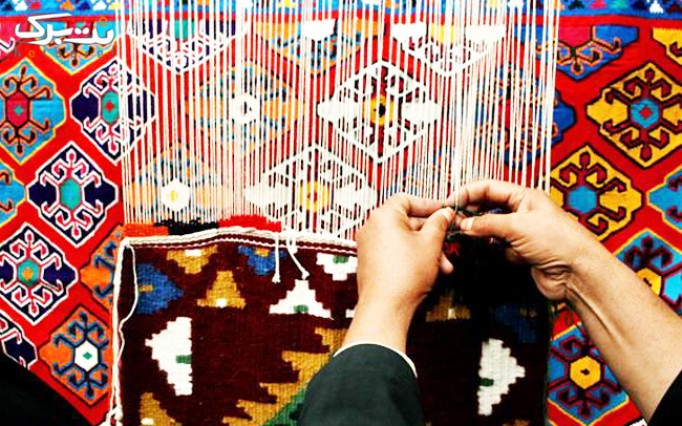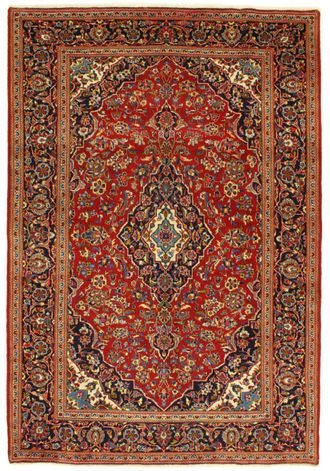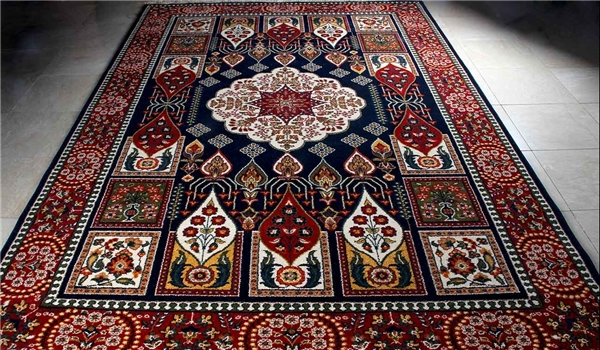
A few tips on
carpet weaving
Carpet weaving is not just about knitting and weaving. The texture of
the carpet should be fine and fine and uniform with the outline of the carpet
and gender and the structure of the weft and weft. Weaving work is particularly
important in carpet weaving. If the weaver does not have the expertise to work
in the tissue and does not do the work with patience and finesse, the result
will be a disadvantage to other stakeholders. To minimize the disadvantages and
shortcomings of a carpet weaver, care must be taken to minimize the
disadvantages of the carpet in choosing and using the right carpet weaving,
drawing, and raw materials. Neglecting any of the above or any of the carpet
weights may cause the carpet to become defective. Here are a few things to
avoid:
– After the chain and carpet weaving should be recalculated and a small number
controlled, if the yarn collapses, it will be corrected by rejecting the huff.
-As the map is usually based on text and large margins, the number of nodes may
not match the number of map houses, however, the map should be woven neatly to
eliminate any shortages and increases in the nodes.
– Avoiding the tilt of the carpet (also called the sword) may be for the
following reasons:
– The looseness of the part of the hoof, whereby the knots slip on the hoof as a
result of banging the shoulder. However, the bolt should be fastened through the
screws and laid with an extra board under the strings, and the carpet and
underside of the carpet should be glued.
(Inappropriate combing that can be prevented by regularizing the shoulder blows.
One of the main reasons is the lack of carpet weaving).
Tilting or shrinking the carpets may be for the
following reasons:
– Being crooked
-Draw too thick
– Excessive densities of the side pockets, which in this case should be
partially opened when banding the threads.


